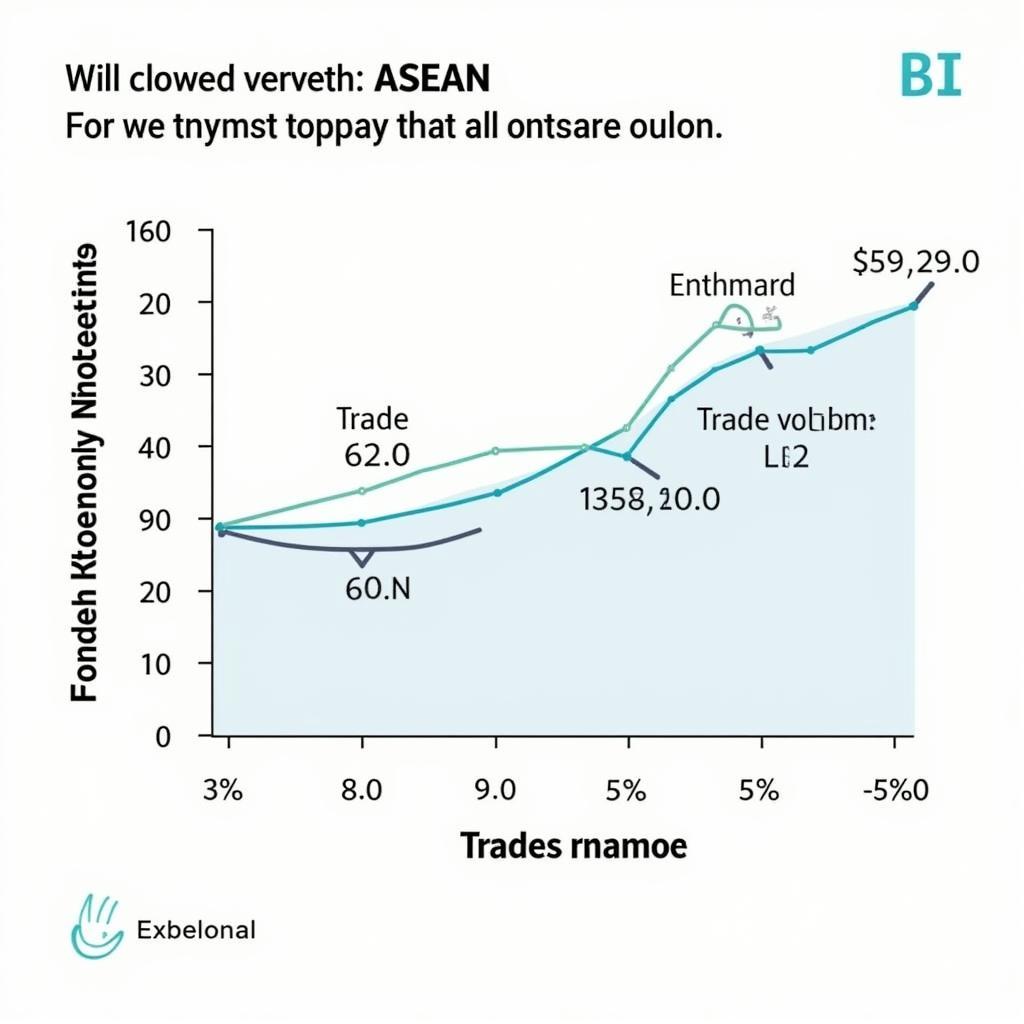The Association of Southeast Asian Nations (ASEAN) plays a crucial role in promoting peace, stability, and prosperity within Southeast Asia. Understanding the 4 objectives of ASEAN is key to grasping the organization’s impact on the region and its people. This article delves into the core aims of ASEAN, exploring their significance and how they contribute to a unified and thriving Southeast Asia. We’ll explore the historical context, the practical implementations, and the future implications of these objectives.
Economic, Social, Cultural, and Political Growth: The Pillars of ASEAN’s Objectives
ASEAN’s four primary objectives intertwine to create a comprehensive framework for regional development. These objectives are not standalone aims, but rather interconnected pillars that support each other. about asean group They address the multifaceted needs of the region, encompassing economic progress, social harmony, cultural exchange, and political stability.
Accelerating Economic Growth, Social Progress, and Cultural Development
ASEAN strives to accelerate economic growth, social progress, and cultural development within the region. This involves fostering collaboration between member states, encouraging trade and investment, and promoting sustainable development initiatives. Think of it like building a strong house – a solid economic foundation, supportive social walls, and a vibrant cultural roof all work together to create a thriving home.
 ASEAN Economic Cooperation
ASEAN Economic Cooperation
Promoting Regional Peace and Stability
Maintaining peace and stability is paramount to ASEAN’s mission. This involves resolving regional disputes through peaceful means, promoting dialogue and diplomacy, and adhering to the principles of non-interference in internal affairs. It’s like being the neighborhood watch – ensuring everyone respects the rules and resolving any conflicts calmly and fairly.
Enhancing Active Collaboration and Mutual Assistance
ASEAN encourages active collaboration and mutual assistance among member states on matters of common interest. This includes sharing best practices, providing technical assistance, and working together to address regional challenges such as climate change, disaster management, and public health crises. Imagine it as a team effort – everyone contributes their strengths and supports each other to achieve shared goals.
Providing Assistance to Each Other in the Form of Training and Research Facilities
ASEAN recognizes the importance of capacity building and human resource development. The organization promotes training and research opportunities for its citizens, fostering a skilled and knowledgeable workforce. This involves establishing training centers, facilitating educational exchanges, and promoting research collaborations. Think of it as investing in the future – equipping people with the skills and knowledge they need to thrive in a rapidly changing world.
What are the 4 main objectives of ASEAN?
The four main objectives of ASEAN, often summarized as promoting peace, prosperity, and people, are to accelerate economic growth, social progress, and cultural development; promote regional peace and stability; enhance active collaboration and mutual assistance on matters of common interest; and provide assistance to each other in the form of training and research facilities.
arti lambang asean secara umum
How do the 4 objectives of ASEAN contribute to regional development?
These objectives create a framework for comprehensive regional development by addressing economic, social, cultural, and political aspects. They encourage cooperation, stability, and shared growth amongst member states.
The Impact of ASEAN’s Objectives on Southeast Asia
Dr. Maria Santos, a leading Southeast Asian economist, notes, “ASEAN’s commitment to economic integration has significantly boosted intra-regional trade and investment, leading to remarkable economic growth across the region.” This growth has lifted millions out of poverty and created numerous opportunities for businesses and individuals.
 ASEAN's Impact on Southeast Asia
ASEAN's Impact on Southeast Asia
Furthermore, ASEAN’s focus on social and cultural development has fostered a sense of shared identity and regional solidarity. This has strengthened people-to-people connections and promoted cross-cultural understanding. Professor Anwar Ibrahim, a prominent scholar of Southeast Asian studies, states, “ASEAN’s efforts to promote cultural exchange have created a vibrant and dynamic region where diverse traditions and values are celebrated.”
Conclusion
The 4 objectives of the Association of Southeast Asian Nations (ASEAN) serve as a roadmap for regional development, fostering a future where peace, prosperity, and progress are shared by all. By working together towards these common goals, ASEAN member states are building a stronger, more unified, and resilient Southeast Asia. Understanding these objectives is crucial for anyone interested in the region’s dynamic present and promising future.
FAQ
- What are the core values of ASEAN?
- How does ASEAN promote economic cooperation?
- What is ASEAN’s role in conflict resolution?
- How does ASEAN support cultural exchange programs?
- What are the benefits of ASEAN membership?
- How does ASEAN address climate change?
- What is the future of ASEAN?
Need support? Contact us 24/7 at Phone: 0369020373, Email: aseanmediadirectory@gmail.com or visit us at: Thôn Ngọc Liễn, Hiệp Hòa, Bắc Giang, Việt Nam.